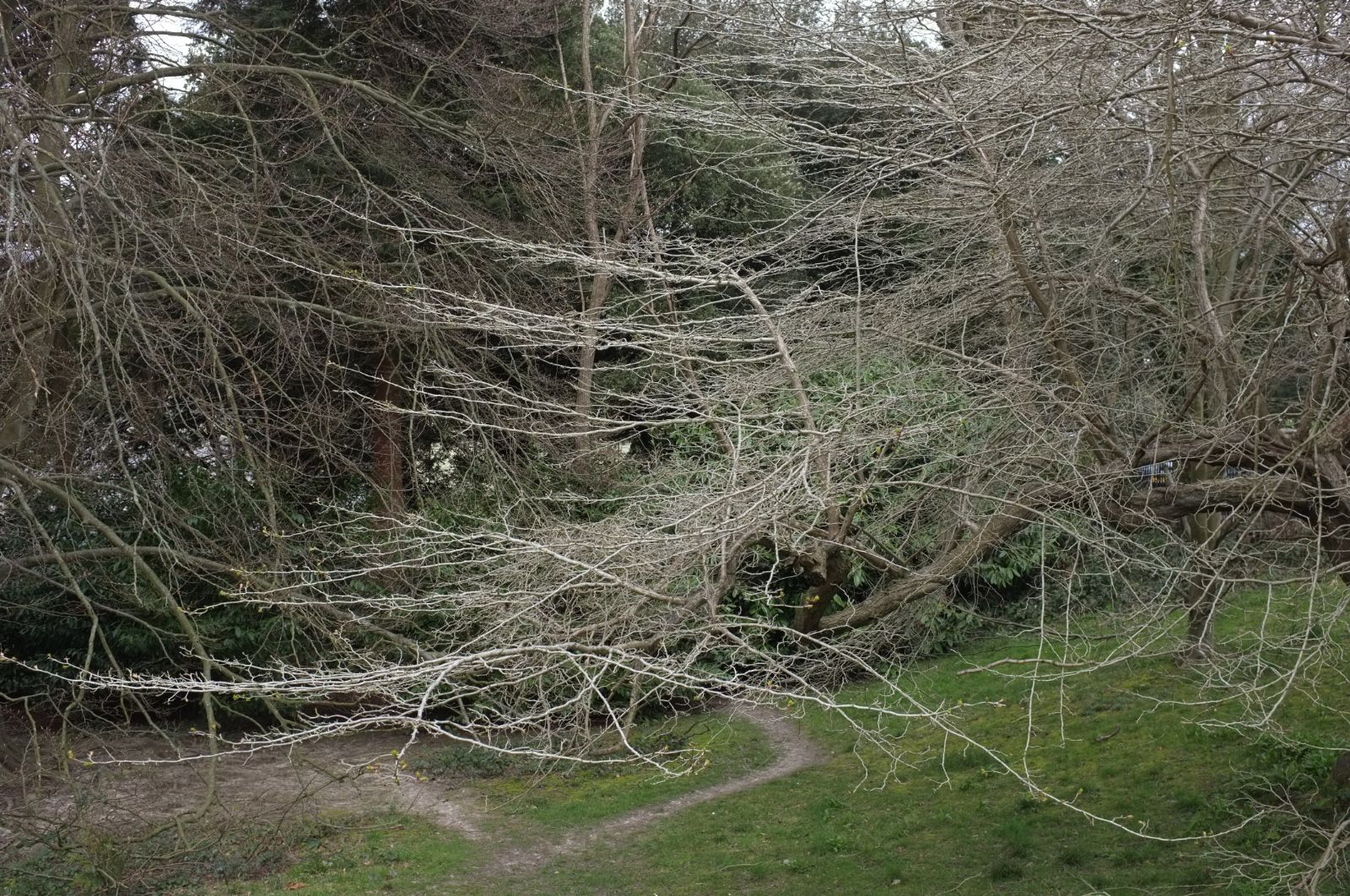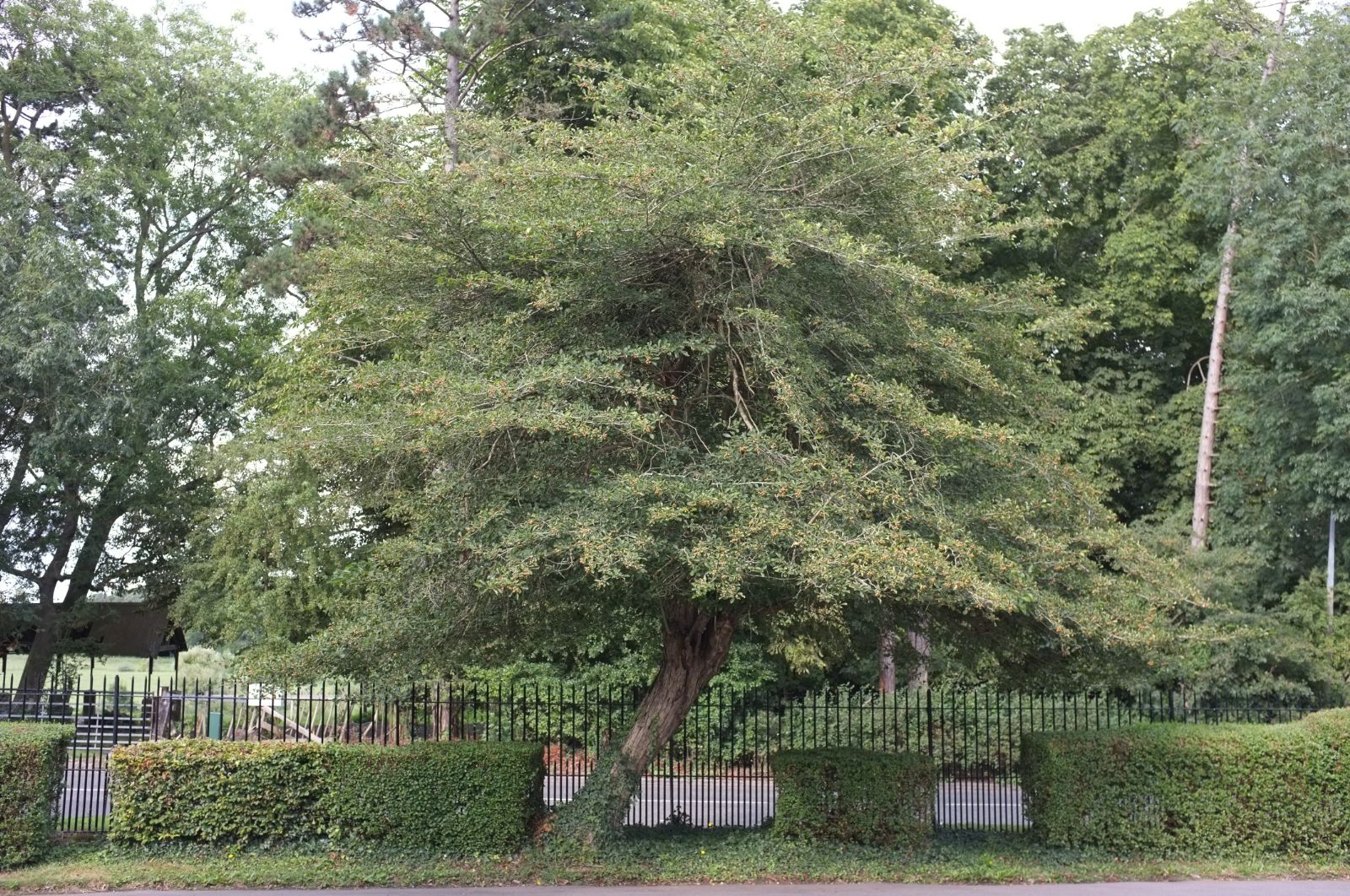Crataegus punctata
Sponsor
Kindly sponsored by
This genus has been sponsored and new text is being prepared.
Credits
Article from Bean's Trees and Shrubs Hardy in the British Isles
Recommended citation
'Crataegus punctata' from the website Trees and Shrubs Online (treesandshrubsonline.
Genus
Infraspecifics
Other taxa in genus
- Crataegus ambigua
- Crataegus apiifolia
- Crataegus aprica
- Crataegus azarolus
- Crataegus baroussana
- Crataegus brachyacantha
- Crataegus chlorosarca
- Crataegus chrysocarpa
- Crataegus chungtienensis
- Crataegus coccinioides
- Crataegus crus-galli
- Crataegus cuneata
- Crataegus × dippeliana
- Crataegus douglasii
- Crataegus dsungarica
- Crataegus durobrivensis
- Crataegus flabellata
- Crataegus flava
- Crataegus henryi
- Crataegus heterophylla
- Crataegus intricata
- Crataegus jozana
- Crataegus laevigata
- Crataegus × lavallei
- Crataegus macracantha
- Crataegus marshallii
- Crataegus mexicana
- Crataegus meyeri
- Crataegus mollis
- Crataegus monogyna
- Crataegus nigra
- Crataegus oliveriana
- Crataegus orientalis
- Crataegus oxyacantha
- Crataegus pedicellata
- Crataegus pentagyna
- Crataegus phaenopyrum
- Crataegus pinnatifida
- Crataegus pruinosa
- Crataegus prunifolia
- Crataegus pseudoheterophylla
- Crataegus sanguinea
- Crataegus spathulata
- Crataegus stipulacea
- Crataegus succulenta
- Crataegus tanacetifolia
- Crataegus tomentosa
- Crataegus uniflora
- Crataegus viridis
- Crataegus wattiana
- Crataegus wilsonii
A tree 20 to 35 ft high, with a rounded head of often horizontal branches, more in diameter; trunk 10 to 20 in. through; branches more or less armed with spines 2 to 3 in. long; young shoots grey, hairy at first, then glabrous. Leaves broadly ovate, rounded or rather abruptly pointed at the apex, always tapered at the base; 2 to 4 in. long, 11⁄4 to 23⁄4 in. wide; toothed, the larger leaves of the barren shoots more or less lobed above the middle; veins parallel in five to ten pairs, deeply sunk above; upper surface dark green, both surfaces at first downy, afterwards almost or quite glabrous above, more persistently downy beneath; stalk 3⁄4 in. or less long. Flowers white, 3⁄4 in. diameter, opening early in June on corymbs up to 4 in. across; the calyx-tube, the inner surface of the narrow, almost entire lobes, and the flower-stalk hairy; stamens twenty; styles five. Fruit deep red, specked with pale dots; 3⁄4 to 1 in. diameter, slightly pear-shaped or almost globose.
Native of eastern N. America; introduced in 1746. It is certainly one of the most attractive and well-doing of American thorns, giving great crops of its white blossom and crimson fruits. A tree at Aldenham, Herts., planted in 1845, attained a height of 33 ft, with a head of branches 40 ft across.





